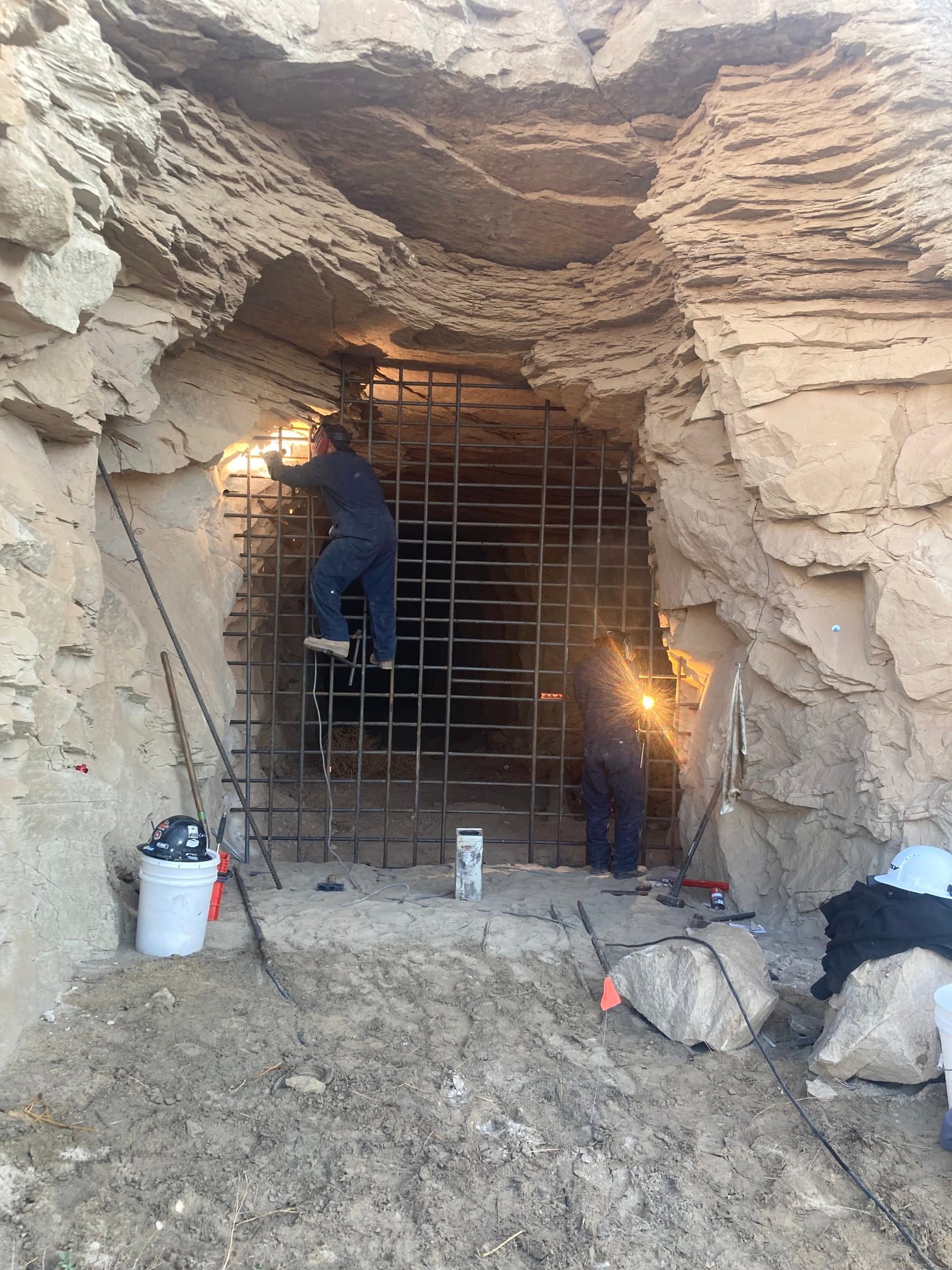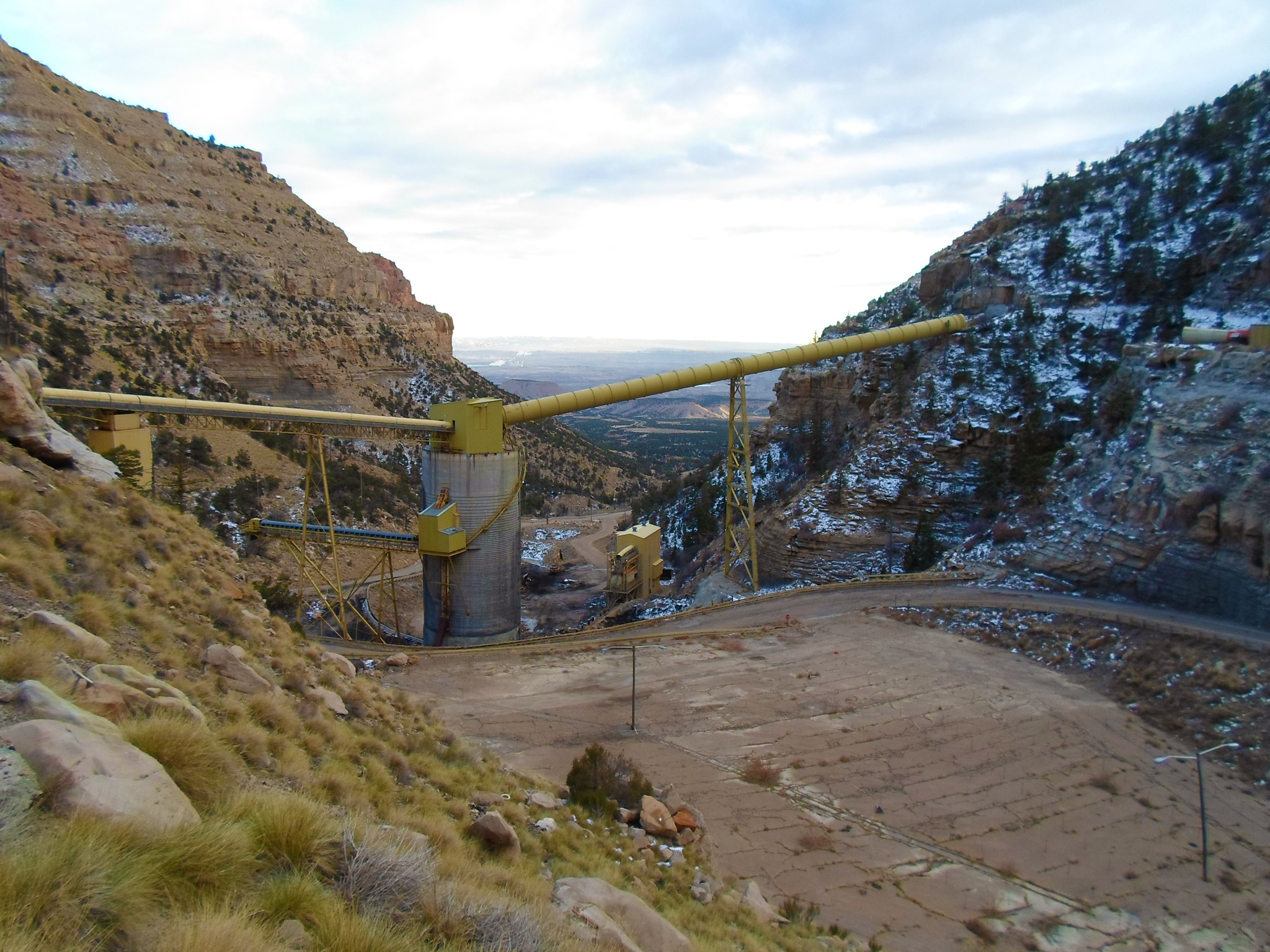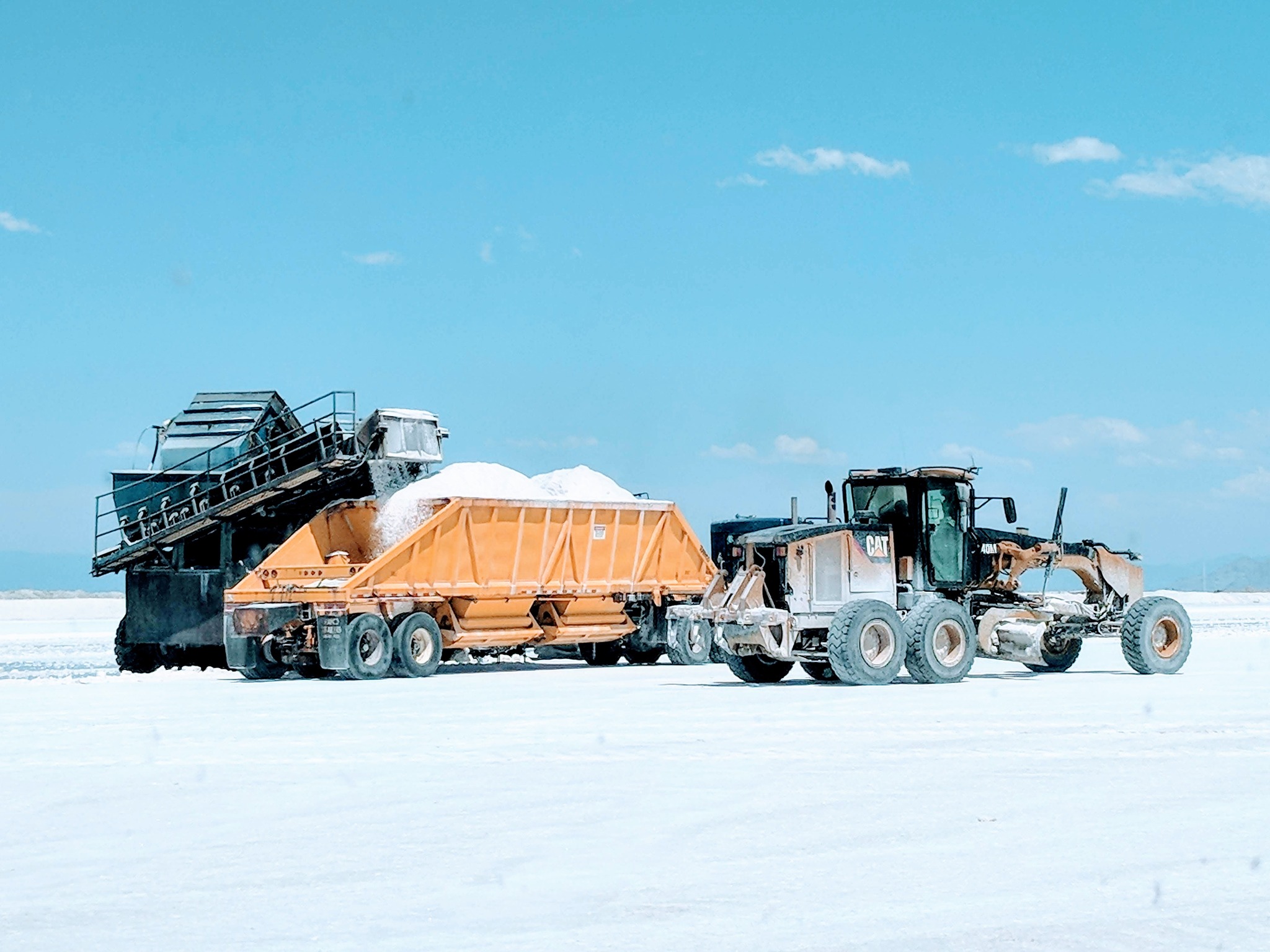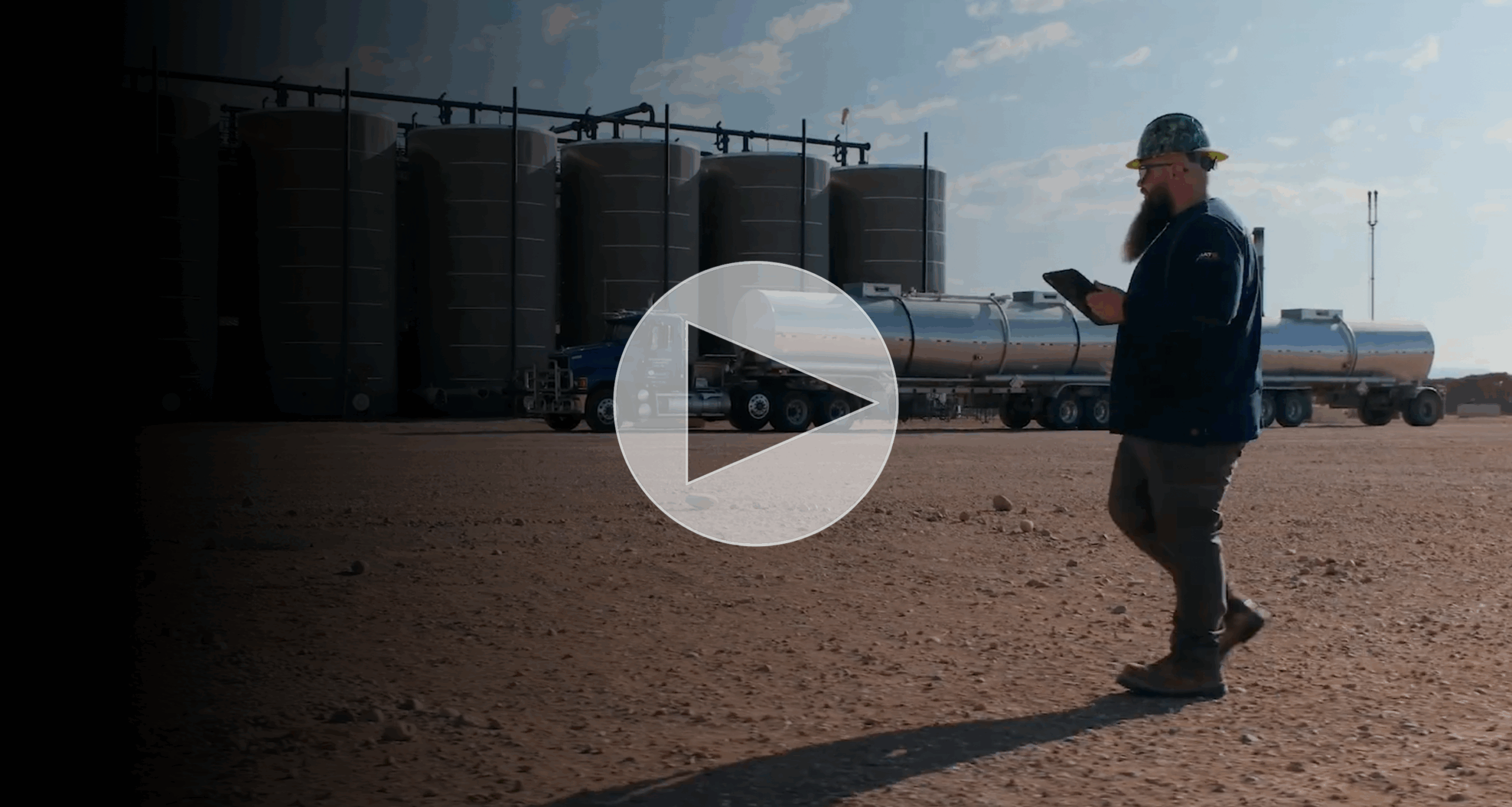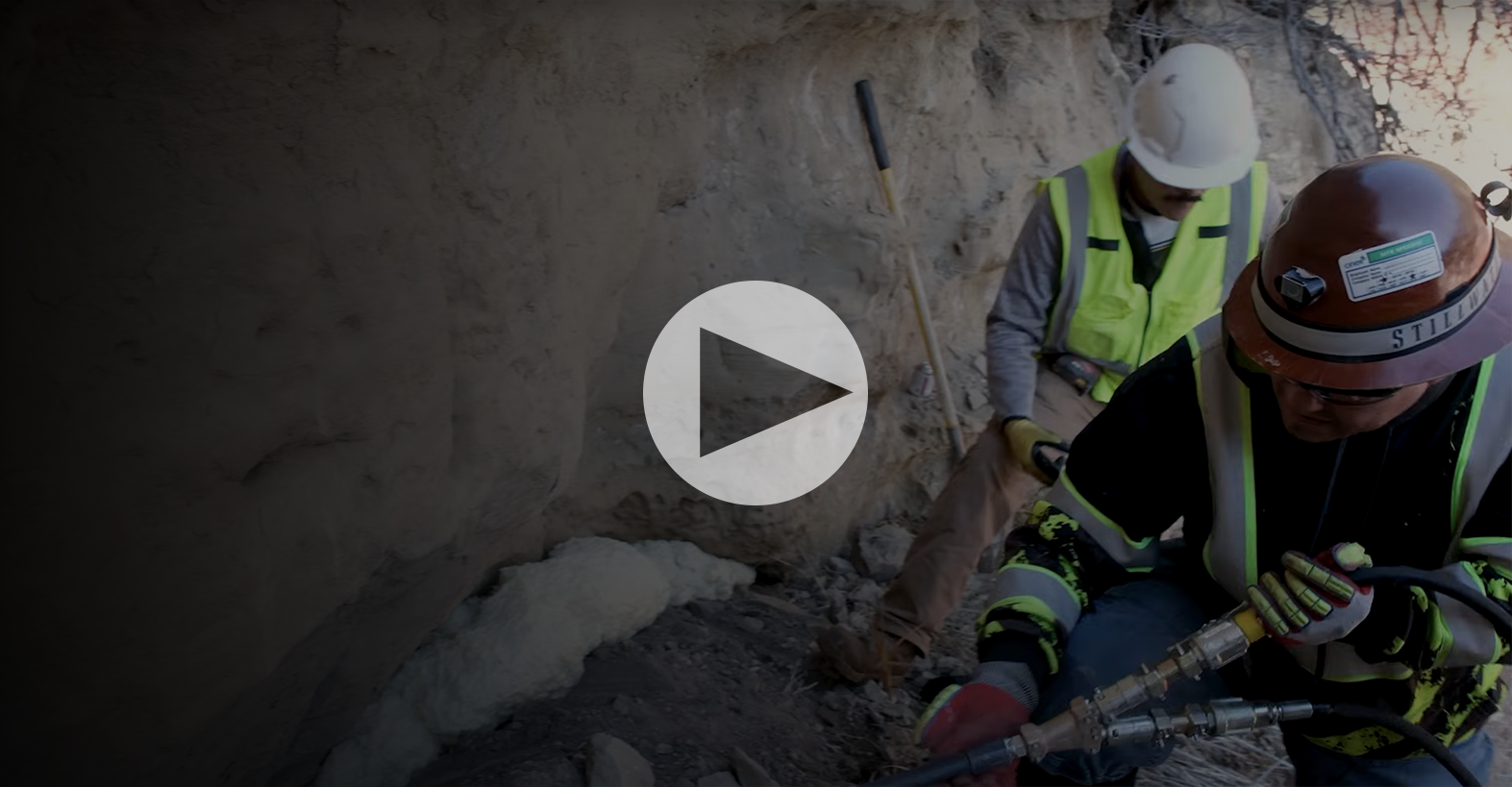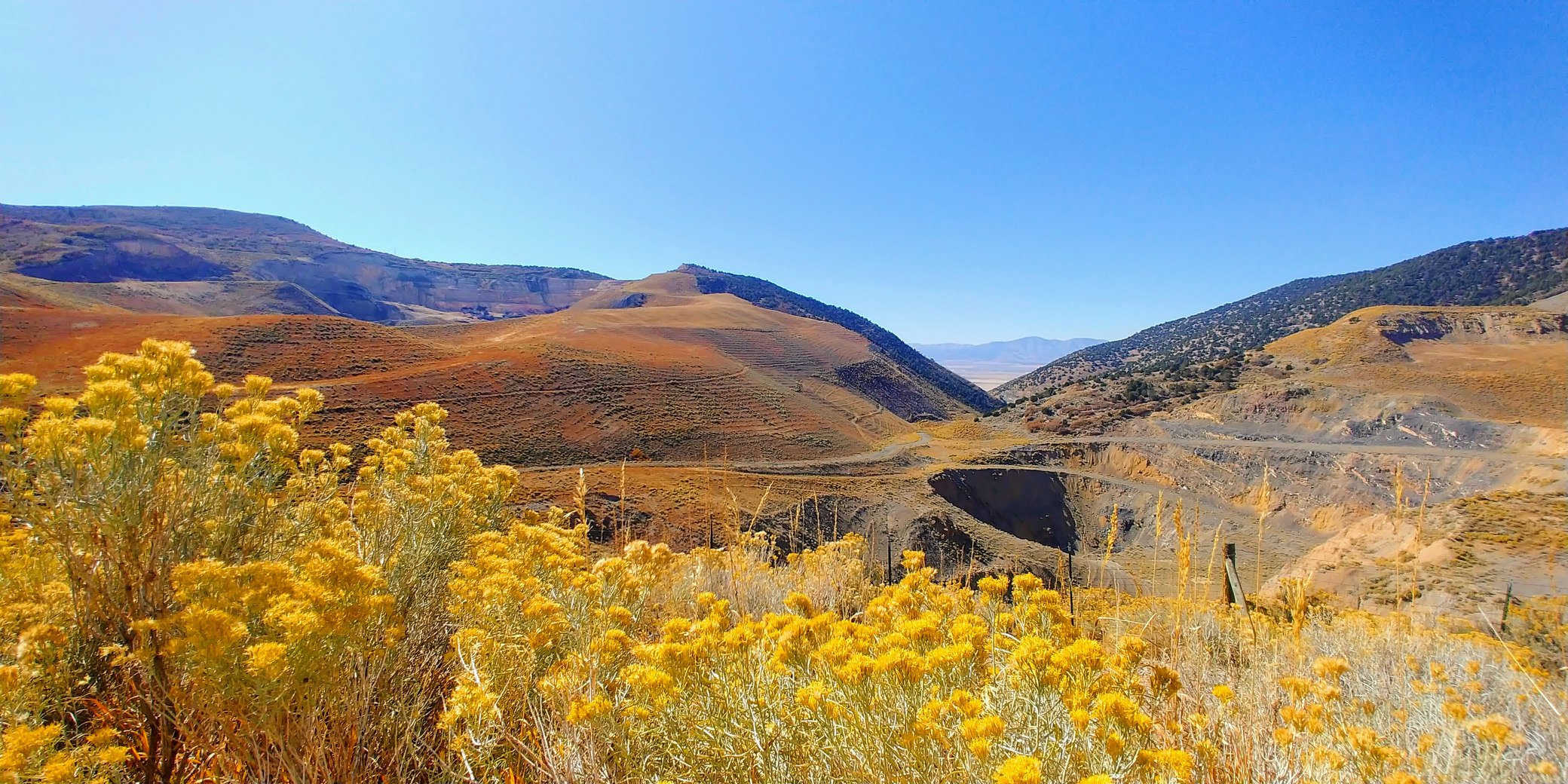
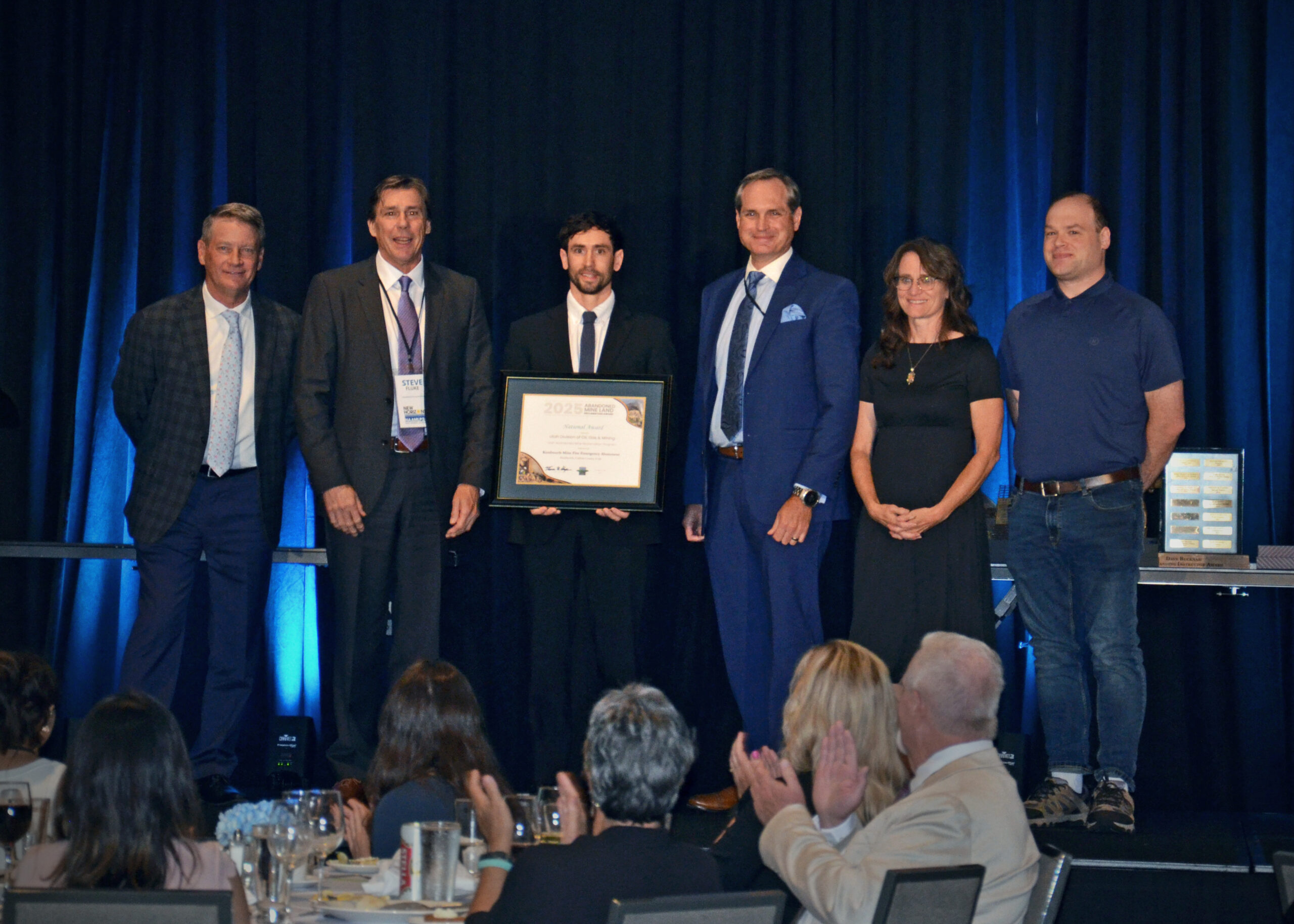
Abandoned Mine Reclamation Program Receives National Award
11/03/2025
The Utah Division of Oil, Gas and Mining’s Abandoned Mine Reclamation Program (AMRP) has received the prestigious 2025 National Abandoned Mine Land Reclamation Award from the federal Office of Surface Mining Reclamation and Enforcement.
The award recognizes the AMRP for its Kenilworth Mine Fire Emergency Abatement Project in Carbon County, which exemplified excellence in reclamation by successfully eliminating health, safety, and environmental hazards that threatened the nearby community.
Read More
Draft Bond Rule
Existing well bonding rules are outdated. Draft rule aims to improve operator bonding and reduce state costs
View Info and Comment
Timeline
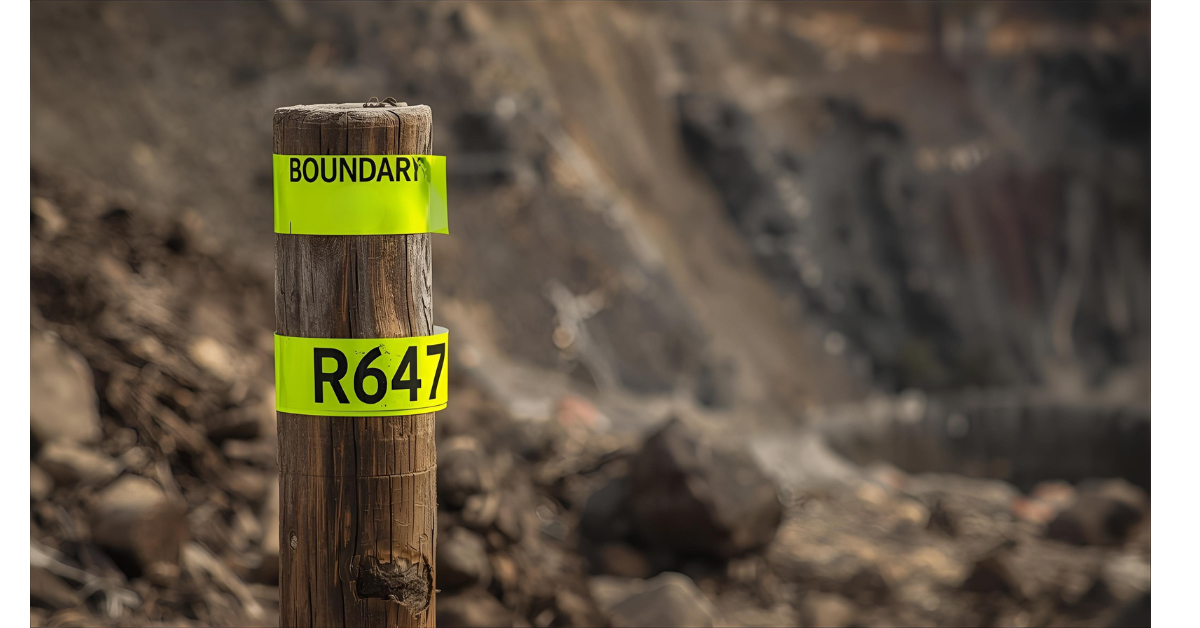
Minerals Rule Update: Boundary Marking
8/27/2025
On August 27, 2025, the Board of Oil, Gas, and Mining established new rules (R647-2-107; R647-3-107; R647-4-107) that specifically target mining and exploration activities involving bonded area of less than 160 acres.
Read More
